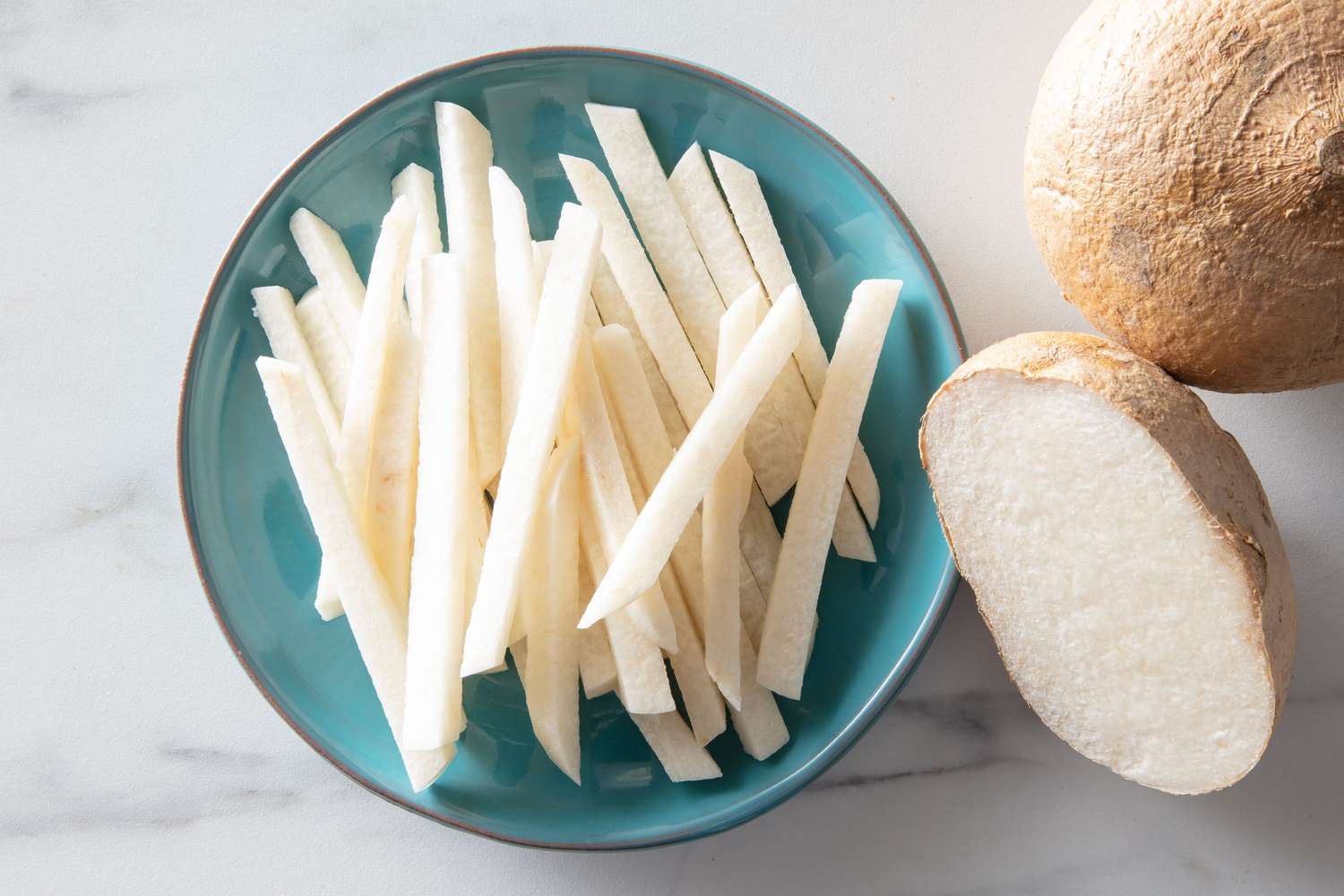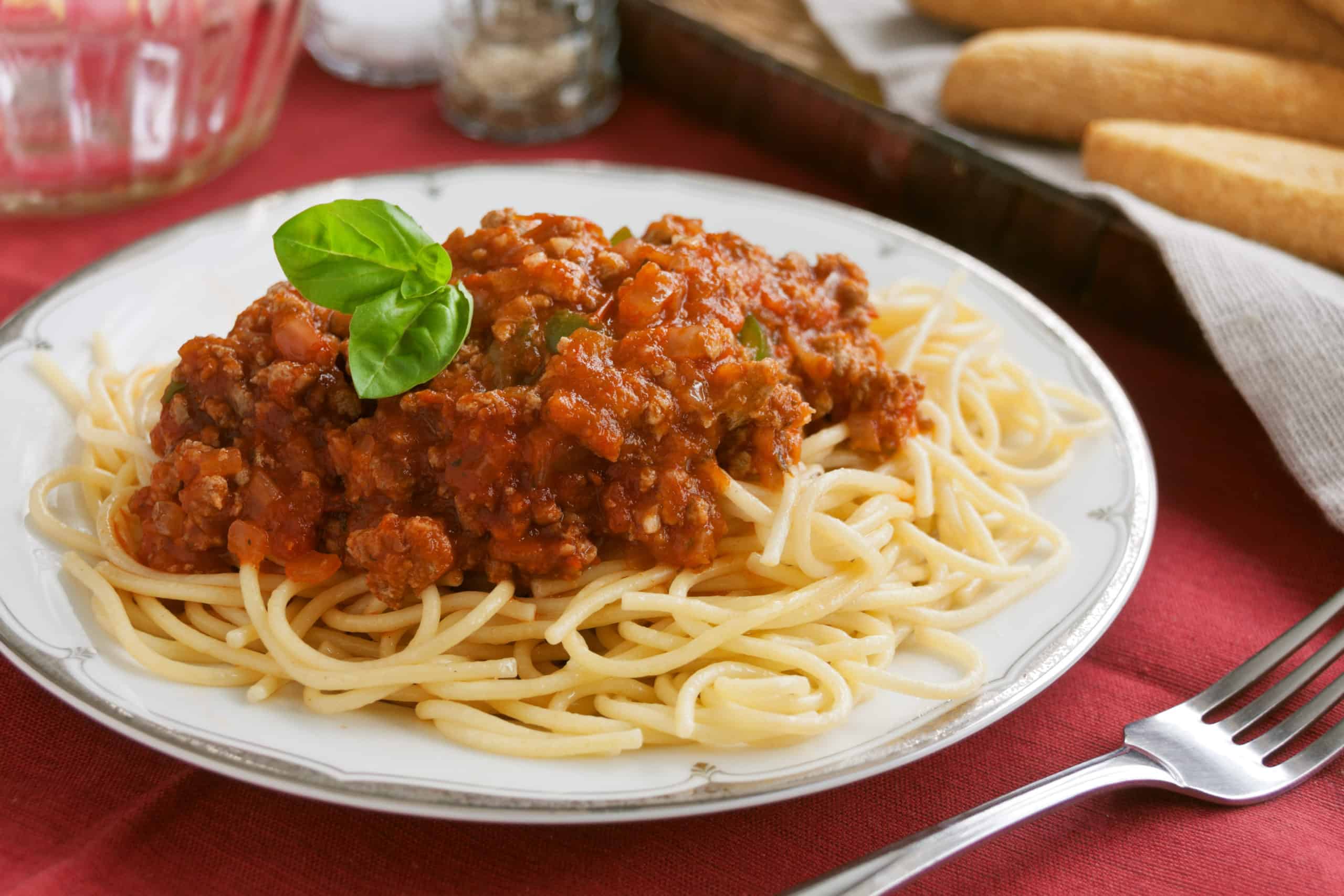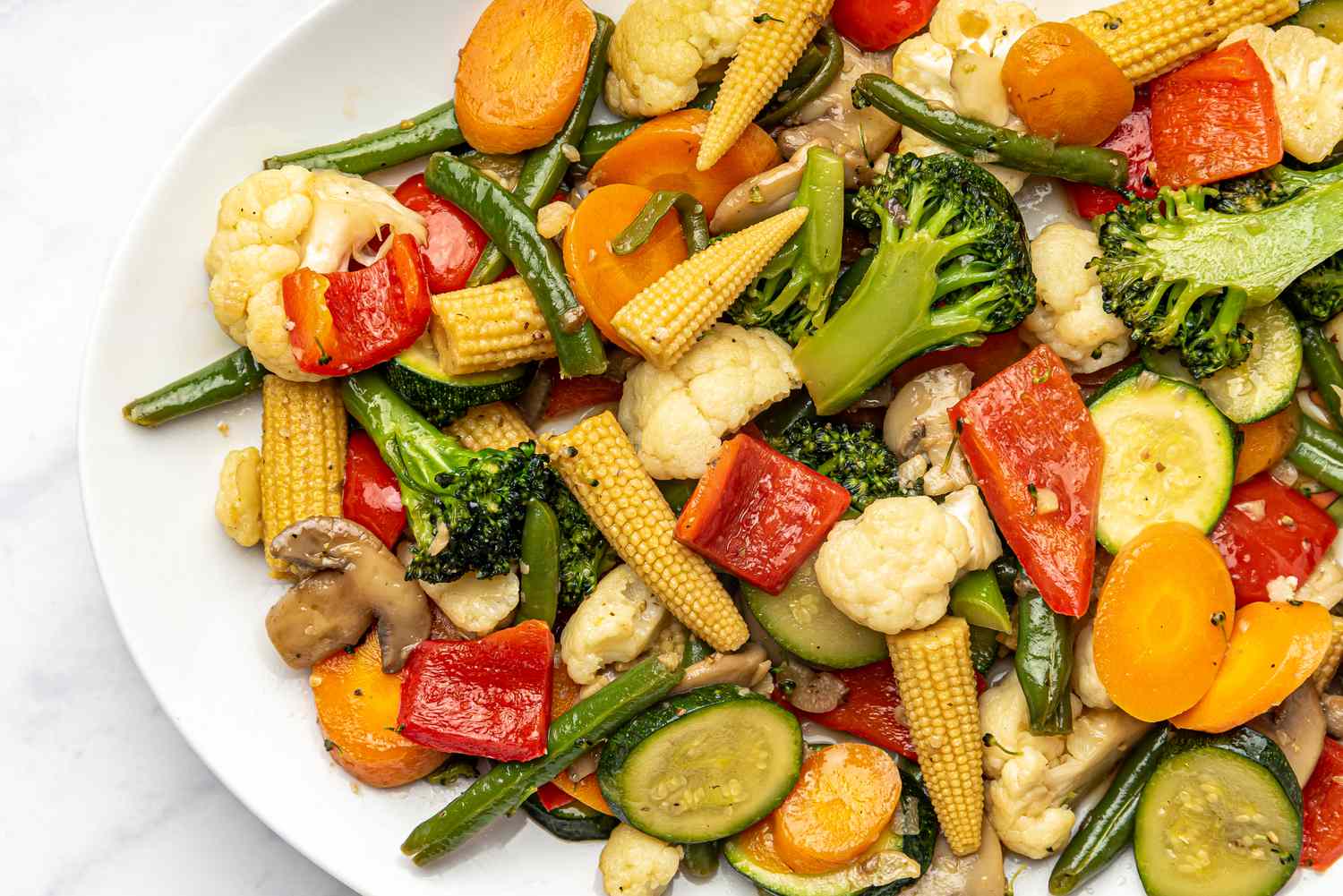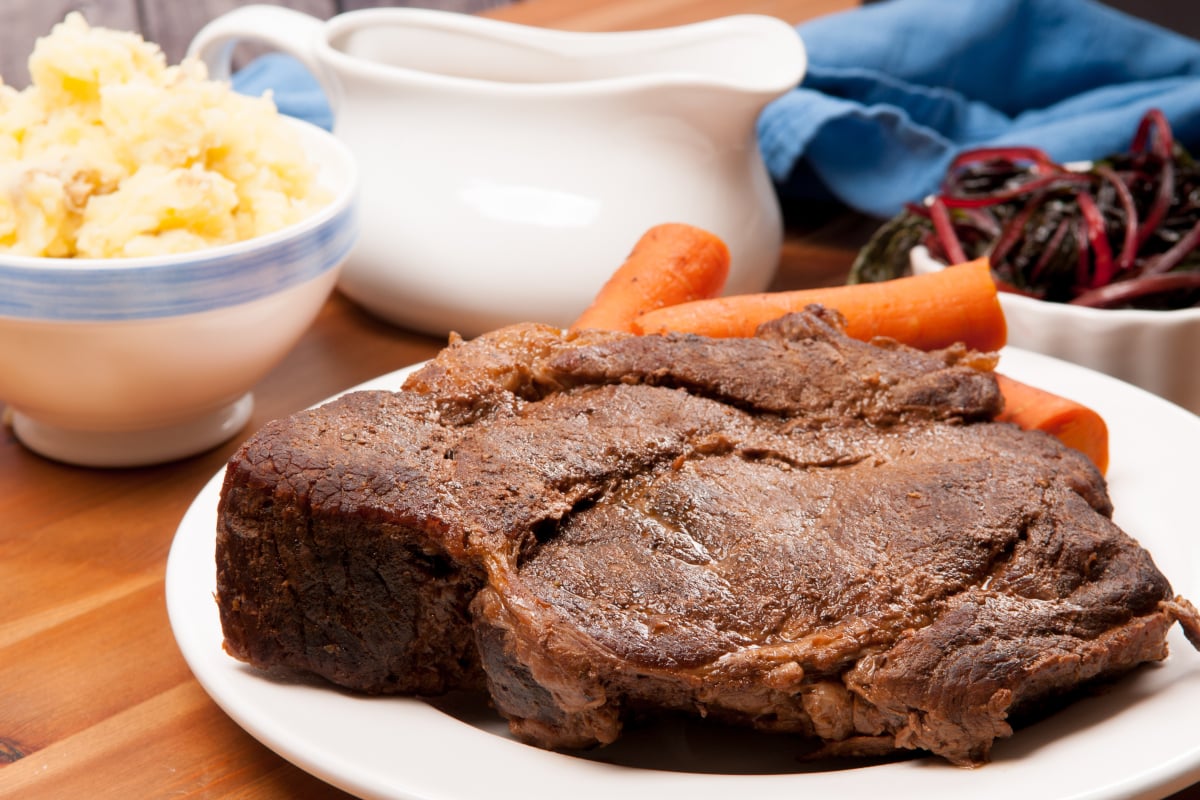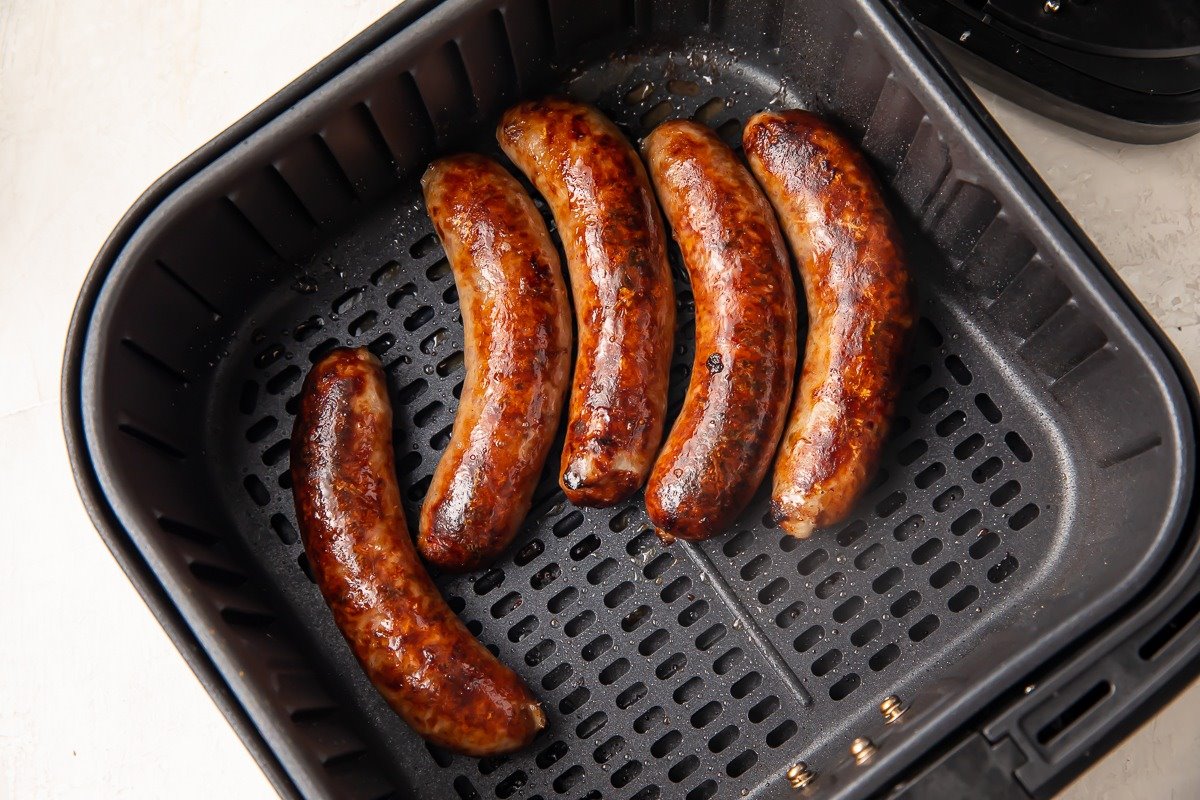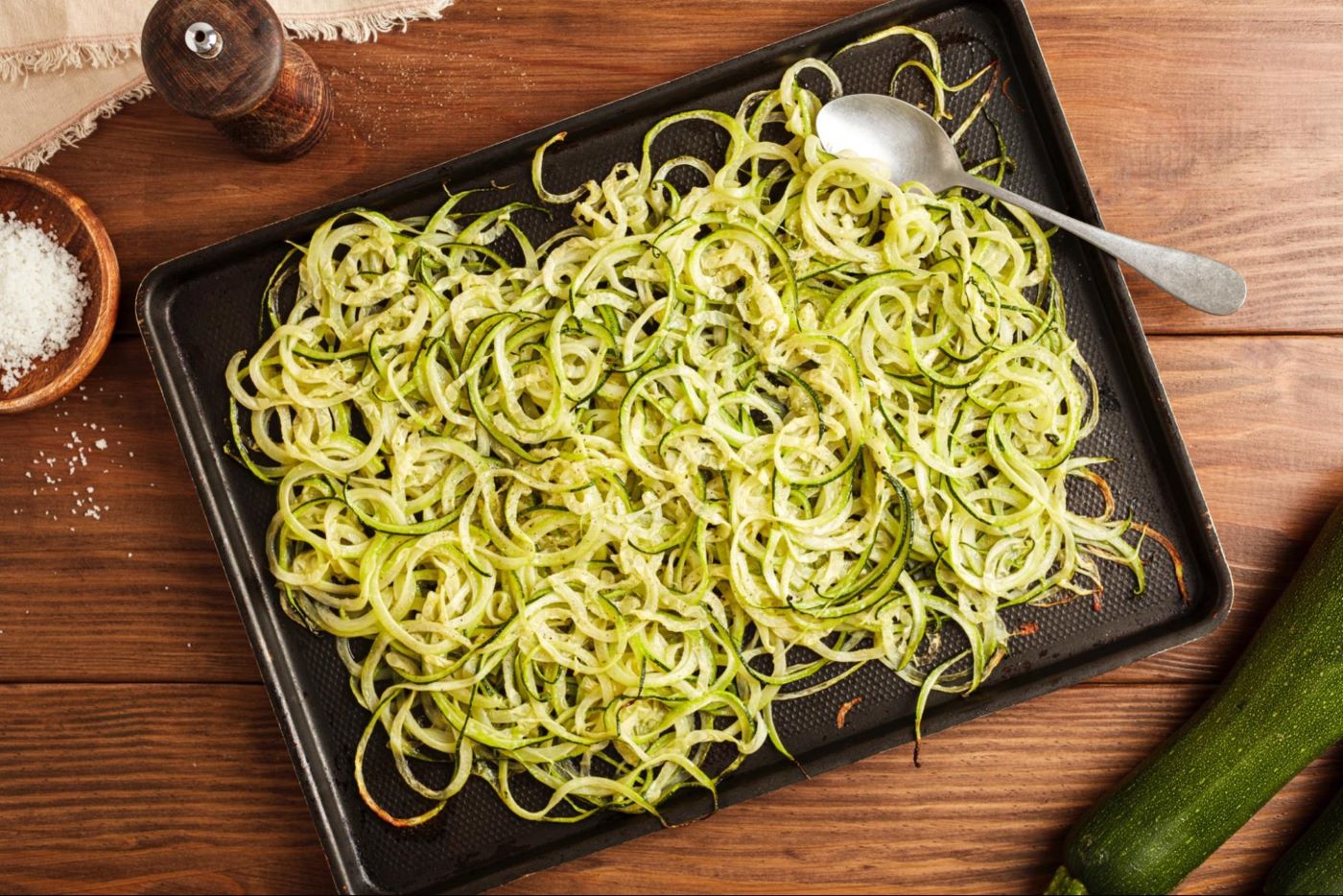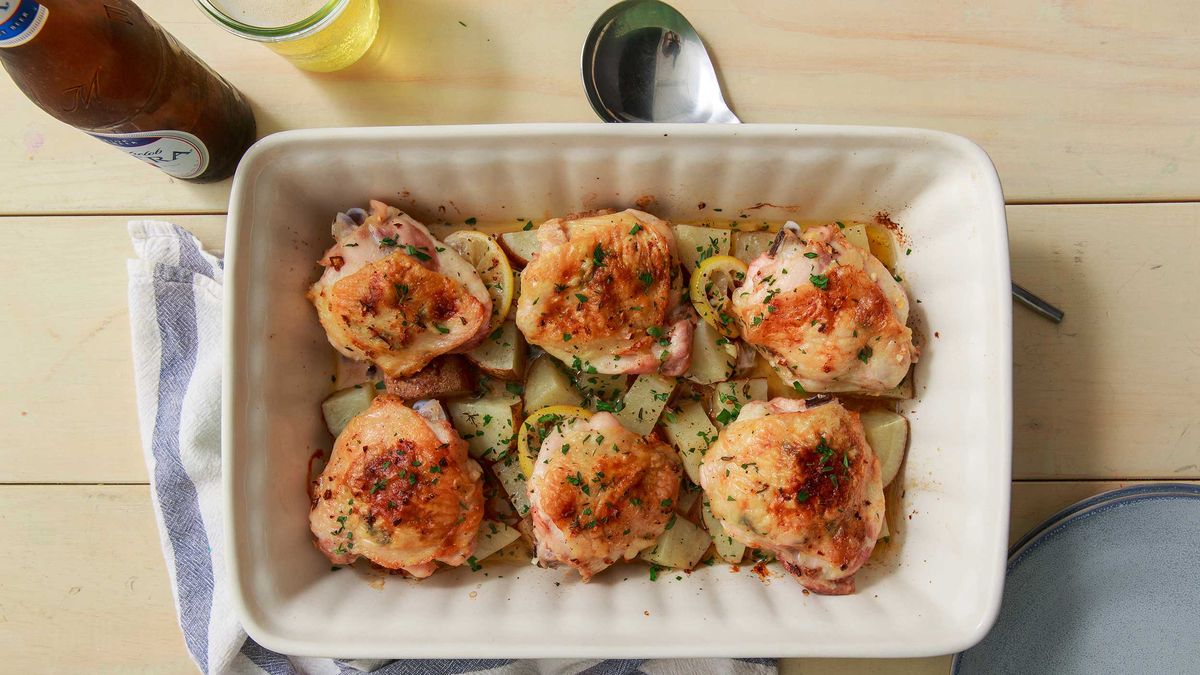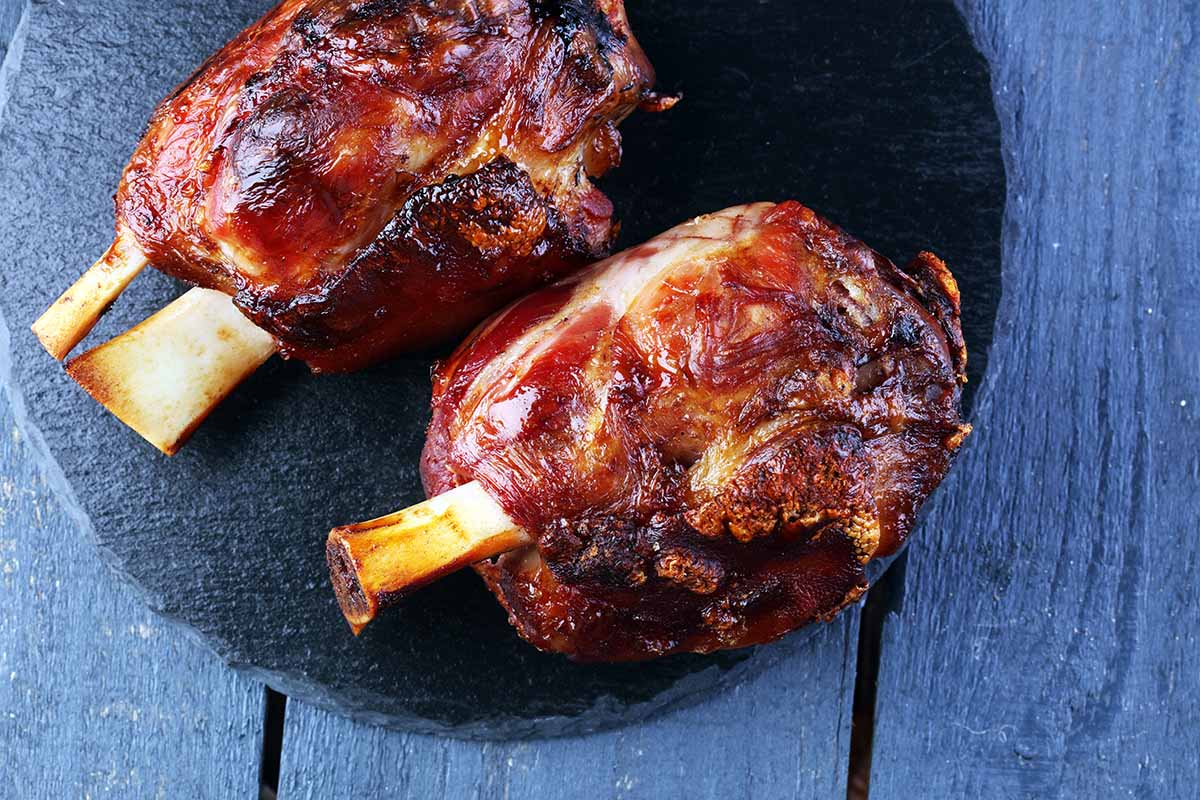Cooking pork butt roast in an oven might seem like a culinary challenge, but with the right approach, anyone can turn this cut into a mouthwatering masterpiece. This guide will walk you through the essential steps to ensure your pork butt roast emerges from the oven juicy, tender, and full of flavor. From selecting the perfect cut to mastering the art of slow roasting, we'll cover everything you need to know. Whether you're a seasoned chef or just starting out in the kitchen, this method promises to elevate your cooking game and impress your guests with minimal effort. Let's get started on this delicious journey.
Essential Ingredients for a Perfect Pork Butt Roast
- 5-6 pounds pork butt roast
- Salt, to taste
- Black pepper, to taste
- 2 tablespoons olive oil
- 4 cloves garlic, minced
- 1 onion, chopped
- 1 cup chicken broth
- 2 tablespoons apple cider vinegar
- 2 tablespoons brown sugar
- 1 tablespoon smoked paprika
- 1 teaspoon dried thyme
- 1 teaspoon ground cumin
Necessary Tools for Oven Roasting Pork Butt
- Oven: Essential for roasting, providing the heat source.
- Roasting Pan: Holds the pork butt during cooking, allowing for even heat distribution.
- Meat Thermometer: Ensures pork reaches the safe internal temperature.
- Aluminum Foil: Covers the roast, if desired, to prevent excessive browning.
- Oven Mitts: Protects hands when handling the hot roasting pan.
- Carving Knife: For slicing the roast once it's cooked.
- Cutting Board: Provides a stable surface for carving the meat.
- Basting Brush: Applies glazes or marinades during roasting, if used.
- Timer: Keeps track of cooking time to avoid overcooking.
For succulent pork butt roast, season generously, then slow-roast at 275°F. Cover with foil to retain moisture, ensuring tender, flavorful meat that falls apart easily after hours in the oven.
The Art of Roasting Pork Butt in the Oven
Cooking pork butt roast in oven is a classic method that transforms this flavorful cut into tender, juicy meals. This technique involves slow-roasting at low temperatures, allowing fat to render slowly, which moistens the meat throughout the cooking process. Such a method ensures a deliciously succulent roast every time.
Opting for oven-cooking pork butt offers consistency and convenience. With precise temperature control, it's easier to achieve perfect doneness without constant supervision. This approach suits busy lifestyles, providing a straightforward way to prepare a hearty, comforting meal that can feed a crowd or supply several meals throughout the week.
Your Ultimate Guide to Oven-Roasted Pork Butt
How To Cook Pork Butt Roast In Oven
-
Preheat Oven: Start by heating your oven to 325°F. This temperature allows the pork butt roast to cook slowly, ensuring it becomes tender and juicy.
-
Prepare Pork Butt: While the oven warms up, take your pork butt roast and pat it dry with paper towels. Removing moisture helps the seasoning stick better.
-
Season Generously: Rub the entire surface of the pork butt with a mix of salt, pepper, and any other spices you prefer. Common additions include garlic powder, onion powder, and smoked paprika for extra flavor.
-
Create Aromatic Base: In a roasting pan, scatter chopped onions, carrots, and celery. These vegetables will flavor the meat and the pan juices as it cooks.
-
Place Pork On Vegetables: Set the seasoned pork butt on top of the vegetables in the roasting pan. The veggies act as a natural rack, allowing air to circulate around the pork for even cooking.
-
Add Liquid: Pour a small amount of chicken broth or water into the pan, just enough to cover the bottom. This helps keep the pork moist during the long cooking process.
-
Cover with Foil: Tightly cover the roasting pan with aluminum foil. This traps steam and moisture, preventing the pork from drying out.
-
Roast: Place the covered pan in the preheated oven. Cook for about 40 minutes per pound. For a 4-pound pork butt, this means around 2 hours and 40 minutes of cooking time.
-
Check Internal Temperature: After the estimated cooking time, check the pork's internal temperature with a meat thermometer. It should reach 195°F to 205°F for optimal tenderness.
-
Let It Rest: Once cooked, remove the pork butt from the oven. Let it rest, covered, for at least 30 minutes before slicing or pulling. Resting allows juices to redistribute, making the meat moist and flavorful.
-
Serve: After resting, shred or slice the pork as desired. Serve with the roasted vegetables and pan juices. Enjoy your perfectly cooked pork butt roast, a dish sure to impress with its tenderness and rich flavor.
Mastering the Art of Pork Butt Roast
Cooking pork butt roast in the oven is an adventure in flavors and tenderness. With patience and the right techniques, you'll transform this humble cut into a mouthwatering masterpiece. Remember, low and slow is the game, allowing the meat's fat to render beautifully, infusing every bite with juiciness and flavor. Don't skip the seasoning step; it's crucial for that outer crust we all love. And when it comes to resting, give it the time it deserves. This not only locks in those delicious juices but makes slicing a breeze. Whether you're a seasoned chef or a curious cook, mastering this dish adds a show-stopping recipe to your culinary repertoire. So, next time you're in the mood for something hearty, give this method a go. You won't regret it.
For those eager to master the art of cooking pork butt roast in the oven, there are several recipes worth trying. The BBQ Pulled Pork Sandwiches recipe is perfect for a hearty, smoky meal that's easy to share. If you prefer flavors with a bit of a kick, the Jamaican Jerk Pork Butt Roast offers a spicy twist that will tantalize your taste buds. For a sweet and savory experience, the Honey-Glazed Pork Butt Roast is a must-try, balancing the rich flavors of pork with a delightful honey glaze. Those who enjoy a touch of elegance will appreciate the Pork Butt Roast with Balsamic Reduction, which combines the succulent roast with a tangy, sophisticated sauce. Lastly, for a fusion of flavors, the Asian-Style Pork Butt Roast brings a unique blend of spices and seasonings that will transport you to another culinary world.
All Your Questions About Oven-Roasted Pork Butt Answered
What's the best temperature to cook a pork butt roast in the oven?
For that perfect balance of tender and juicy pork butt roast, setting your oven to 250°F (120°C) is the sweet spot. Low and slow is the game here, allowing the meat to become wonderfully tender over several hours.
How long should I cook my pork butt roast?
Cooking time really depends on the size of your roast. A good rule of thumb is about 1 to 1.5 hours per pound at 250°F. So, for a 6-pound roast, you're looking at around 6 to 9 hours in the oven. Patience is key; it's done when it's fork-tender.
Do I need to sear my pork butt before roasting?
Absolutely, giving your pork butt a good sear on all sides before popping it in the oven can make a world of difference. This step adds a depth of flavor and creates a delicious crust that you just can't get from roasting alone.
What's the best way to keep my pork butt moist while it cooks?
Keeping your pork butt moist is all about not rushing the process. Cooking it at a low temperature helps, but you can also place a pan of water in the oven to maintain humidity. Wrapping the roast in foil for part of the cook time can also help lock in those juices.
Can I add vegetables to the roast?
Sure thing! Adding vegetables like carrots, potatoes, and onions around your pork butt not only makes for a complete meal but also they soak up all those lovely juices and flavors from the roast. Just remember, they might not need as long to cook, so adding them partway through might be your best bet.
How do I know when my pork butt roast is done?
The most reliable method is using a meat thermometer. You're aiming for an internal temperature of 195°F to 205°F. At this point, the meat should be tender enough to pull apart easily with a fork.
What should I do with leftovers?
Leftover pork butt roast is incredibly versatile. Shred it up for sandwiches, stir it into soups, or toss it in salads. It's just as delicious the next day and can be reheated in a pinch. Just make sure to store it properly in the fridge.
Was this page helpful?
Read Next: How To Cook Raw Chicken Nuggets In Oven


